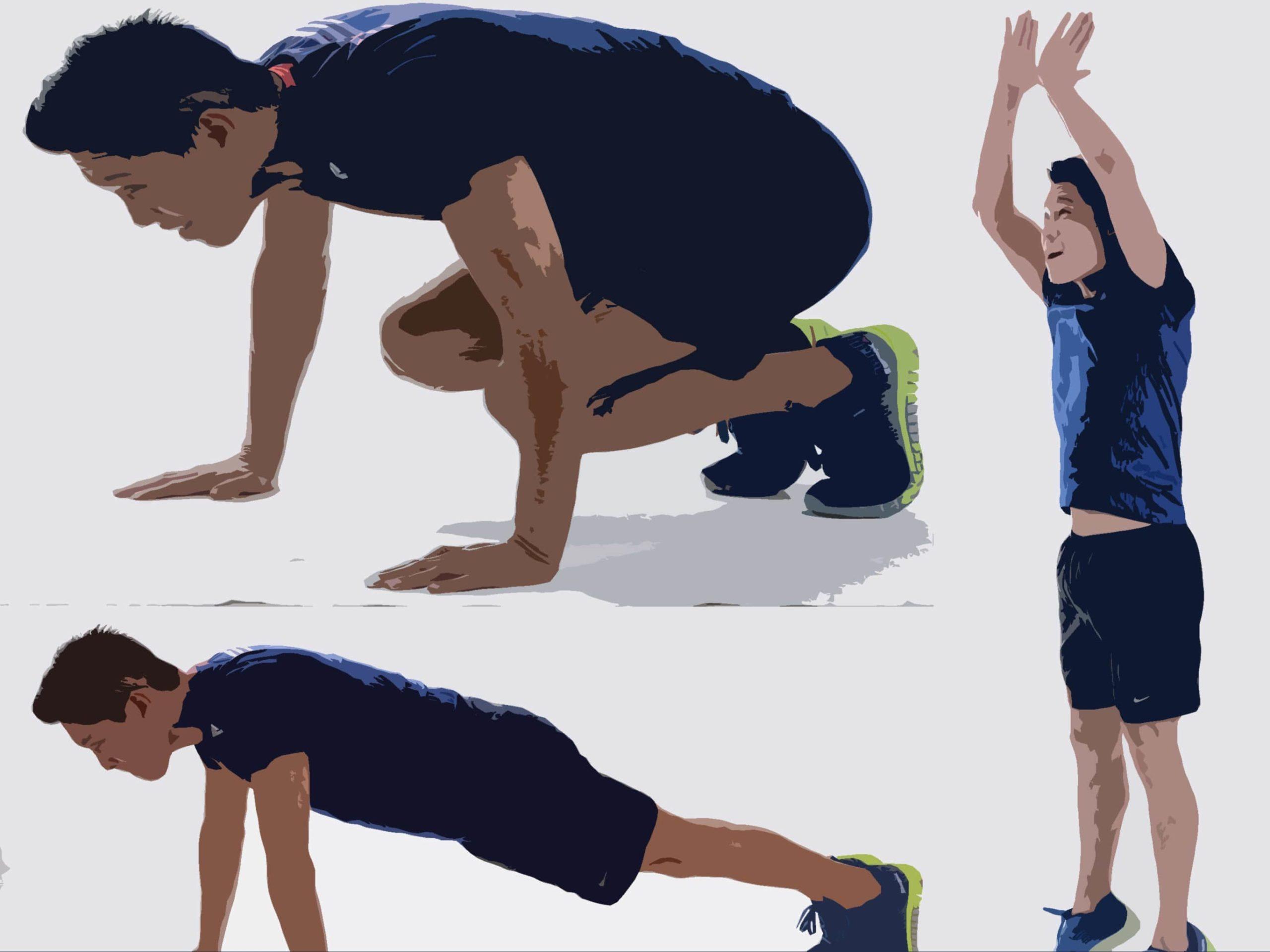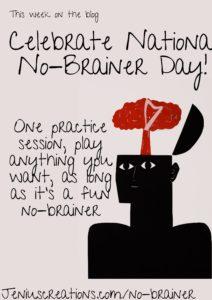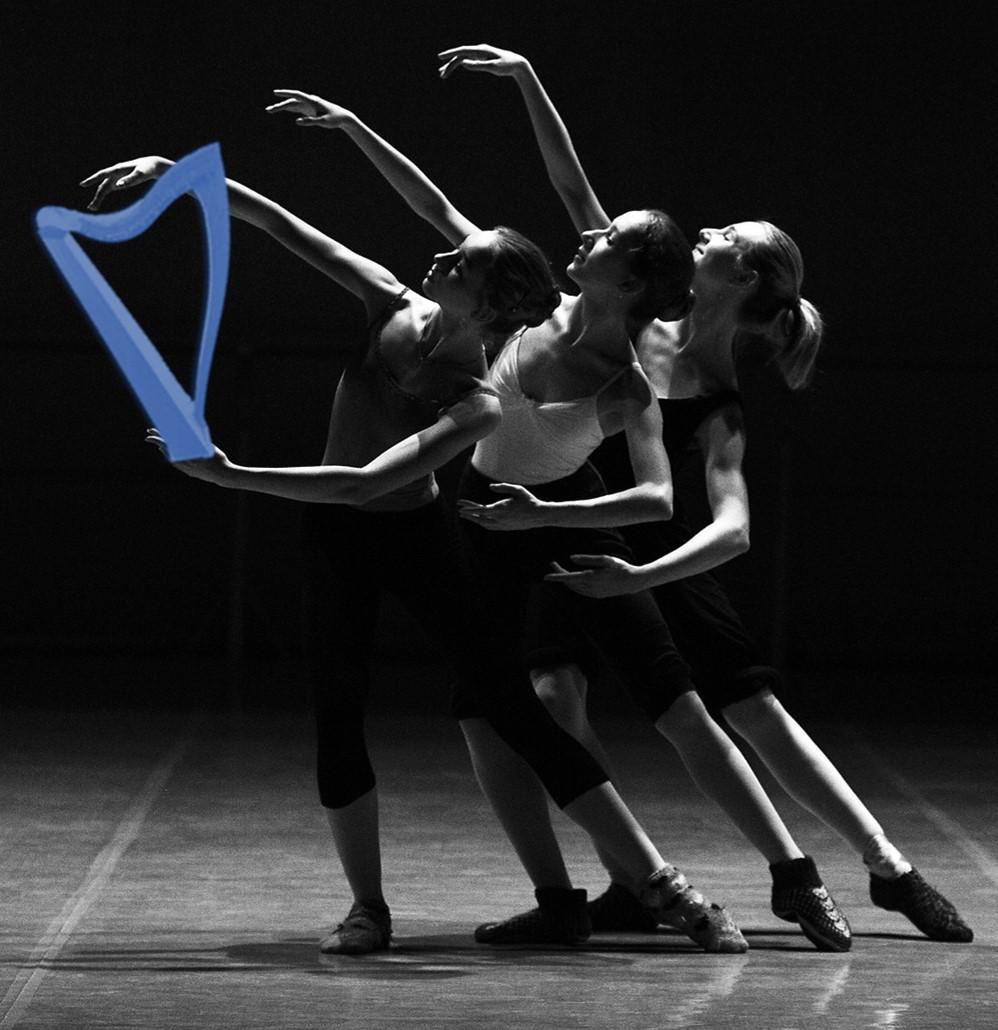We love a challenge
 What is it about a “30-day challenge” that makes them so popular? Maybe they are attractive because we seem to be addicted to making ourselves better people. And we also know that to make ourselves better (different might be a better word) we have to make changes. Change is hard, and maintaining a change is even harder. And we usually think a month isn’t so long, so you can endure whatever it is that you’ve decided to tackle.
What is it about a “30-day challenge” that makes them so popular? Maybe they are attractive because we seem to be addicted to making ourselves better people. And we also know that to make ourselves better (different might be a better word) we have to make changes. Change is hard, and maintaining a change is even harder. And we usually think a month isn’t so long, so you can endure whatever it is that you’ve decided to tackle.
Enter the 30-day challenge! These are not magic – they are just structure. And better – they are structure that someone else devised (so we fool ourselves into thinking that, because someone who knows something (maybe) generated it, that it’s better than anything we might come up with). If someone else came up with it, it will be harder to dismiss partway through. Besides, structure imposed by someone else isn’t self-improvement, it’s just improvement.
These plans are prescriptive. They tell us to make a change, and then tell you how to make that change – in small ways, over time (i.e., 30 days). To help us along, the challenge usually includes some means of noting and documenting the changes we are making (like a calendar). It really is an adult star chart (because do we really ever outgrow the star chart from our preschool days?).
And because someone (not us) has defined this process as a “challenge” we honor it, and our commitment to it. We don’t try to get ahead of ourselves – rather, we identify that we need all 30 days to make this change, so we need to allow it to happen over time, but we also can’t rush it! The authors of the challenges also remind us that it’s ok to miss a day or two, so it is ok to not be perfect. And we dutifully complete the challenge because we committed to it.
But maybe most importantly of all, these challenges build over time. My personal favorite – the 30 day burpee challenge – starts out so painlessly that even I could do it. Day 1 – you do one burpee* and then it builds incrementally over the intervening 30 days until you’re doing enough burpees to tackle anything.
Kidding aside, you can set your own 30-day challenge for anything you need to work on. Not getting to practice enough? Make a 30-day practice challenge! On day one you might confine yourself to 5 minutes of practice, and increase each day – but also committing to the minutes you complete are also focused on what you want to be working on, not checking facetagram or adjusting your bench, or drinking your tea or any of the many ways we can sidetrack ourselves. Or you could create a 30-day tuning challenge? Sight reading? Warmups and technicals? There are so many things you might consider making a challenge to ensure they become part of your everyday life.
What would your 30-day challenge be? Here’s a tracker (download).** Write in what you’re focusing on and make little increments for each day. Write those in the blocks and check each one off as you accomplish it. Let me know what you decide (and how it turns out!) in the comments!
* If you don’t know, a burpee is a fitness exercise that is a combination of things no one liked doing in PE in school – it’s a pushup mashed into a squat thrust with a layup mixed in that you’re supposed to do really quickly. It builds both strength and cardio. And if you’re not sure, if my sarcasm is too subtle, I usually spend my time reading about 30 day burpee challenges, but do I do them? Ha! No.
**Think of it as your little reward for reading to the end!



